Fitbit Charge Review
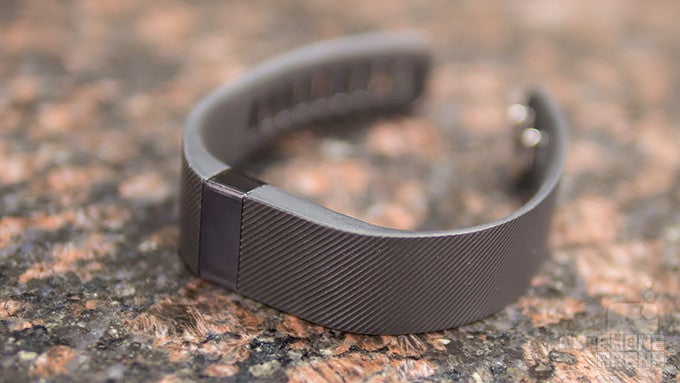
Introduction
What a year it’s been, one that was deemed as the year of the wearables. Fitbit, a company heralded by its various fitness trackers, has been seeing stiff competition not only from other companies specializing in fitness trackers, but from the big named companies in the mobile space as well. Its last notable wearable, the Fitbit Force, sought out to usher the company into a new direction, but as we’ve seen, it quickly fizzled due to a massive recall. After laying dormant for almost a year, the company recently announced its new line of wearable trackers – one of them, the Fitbit Charge, is seeking continue where the Force left off.
Packaging contains:
- Proprietary charger
- Bluetooth dongle
- Users manual
Design
The same sporty style is evident here with the Charge, but its water resistance quality isn’t as generous as the Flex.
Going with the same simple, iconic design that makes Fitbit’s wearable trackers so distinct, the Charge honestly is a subtle redesign of the Force before it. In terms of size, it’s similar to the Force, but noticeably thicker than the Fitbit Flex – albeit, that’s due to the actual display it’s packing along. As we’ve mentioned, it has more ties to the Force’s design, with the exception of its textured rubbery band. Going with this textured pattern, as opposed to the smooth finish of the Force, the Charge has a better grip as it’s worn over our wrist.
Offering prospective buyers a small level of personalization, the Fitbit Charge is available in four colors – black, slate, blue, and burgundy. However, you’ll need to size your wrist to know exactly which of the three sizes (small, large, & extra-large) to choose from. It’s worth nothing, however, that the band is adjustable by clipping it on to the appropriate notches. In general, it’s pretty comfortable and it features a sporty design that perfectly matches its function.
After using the Fitbit Flex for a long period of time, we’re a bit surprised to realize that the Charge doesn’t offer the same degree of water resistance as its sibling. Indeed, it’s water-resistant to protect it from being worn while it’s raining, or getting through the sweatiest of workouts, but it’s not meant to be worn in the shower or while swimming. Minor contact with water is okay, but it’s not designed to be submerged.
Comparing it to the Flex, the actual tracking unit of the Charge is incorporated into the band – so there’s no swapping bands here. In the back, we can clearly see the screws holding the thing together, as well as the spot for its proprietary charger. Now, as much as it would’ve been great to find a microUSB port instead, we’re actually not all that surprised by this revelation.
Display
The Fitbit Charge, first and foremost, is meant to be a fitness tracker above all – so it makes sense why the Charge’s OLED display only occupies a small strip on the band. Thankfully, though, the OLED display emits a potent glow, allowing information to be visible in even the brightest of days. Turning it on is done by merely pressing on the physical button on its left side, which allows us to cycle through the time/date, steps tracker, distance covered, calories burned, and floors climbed. Alternatively, we can set it up so that a double tap on the display will turn it on.
Certainly, the display present here isn’t as generous as some other modern trackers, like the Samsung Gear Fit or Huawei TalkBand B1, but for its intended purpose, it’s discrete and simple in what it does. And considering that we’re given access to only a handful of things, as opposed to the comprehensive features set of most smartwatches, the Fitbit Charge’s display helps to give the entire thing a simplified operation.
Fitbit app
The Fitbit app has the entire fitness scope covered, it’s just that comprehensive.
The Fitbit app is something we’re quite acquainted with, since it’s what we used in conjunction with the Fitbit Flex. Lucky for everyone, its reach is more diversified than some other fitness trackers – that’s due to the fact that it’s available for Android, iOS, and Windows devices. For this particular review, we’re using the Fitbit app for iOS, but its offering is pretty uniform with other platforms.
Talk about taking fitness to the next level, the Fitbit app is undoubtedly rich with several useful features that not only allows us visibility in how we’re performing at reaching our set goals, but there are also other tools that help to drive, motivate, and inform about our progress. On one hand, it’s a hub that aggregates data taken from the Fitbit Charge – so it populates them in their respective categories. And on the other, we have access to other useful things like calorie tracking, competition against friends, accomplishing various challenges, and we can even use it as a running companion.
When it comes to taking control, the Fitbit app surely drives that point home. It’s rich in what it has to offer, considerably more than other rival fitness tracking apps we’ve used. Using the mobile apps is one thing, but there’s even a higher degree of informative tools and data through its web-accessed portal.
Connectivity
Pairing it with an iPhone 6 Plus via Bluetooth, the Charge is able to synchronize data on a timely basis, which is done as a background process – to minimize the impact to its battery. In addition, we can even have the Charge paired to allow Caller ID notifications to pop up on our wrist. Indeed, it’s a new feature we haven’t seen before in a Fitbit, but it’s only used for phone calls. Text messages, emails, and other notifications aren’t handled by the Charge; a bummer to say the least. At the end of the day, it really would’ve been swell to see its notifications support extended into those other things.
Performance
Its tracking of steps is a bit too generous for our liking, but we really dig its automatic sleep tracking.
Who knows why, but it seems as though Fitbit’s trackers are a little bit generous when it comes to tracking steps. Our first order of business is checking to see if it registers phantom steps, the kind that come up if we’re to wave our hand up and down to mimic our arms swinging side-to-side as we’re walking. Unfortunately, it’s still an issue here with the Fitbit Charge, as it’s unable to differentiate the two movements. For example, it’s able to register over 9,500 steps during one day of using it – whereas the LG G Watch R, which is worn on the same wrist, tallies a mark of over 7,500 steps.
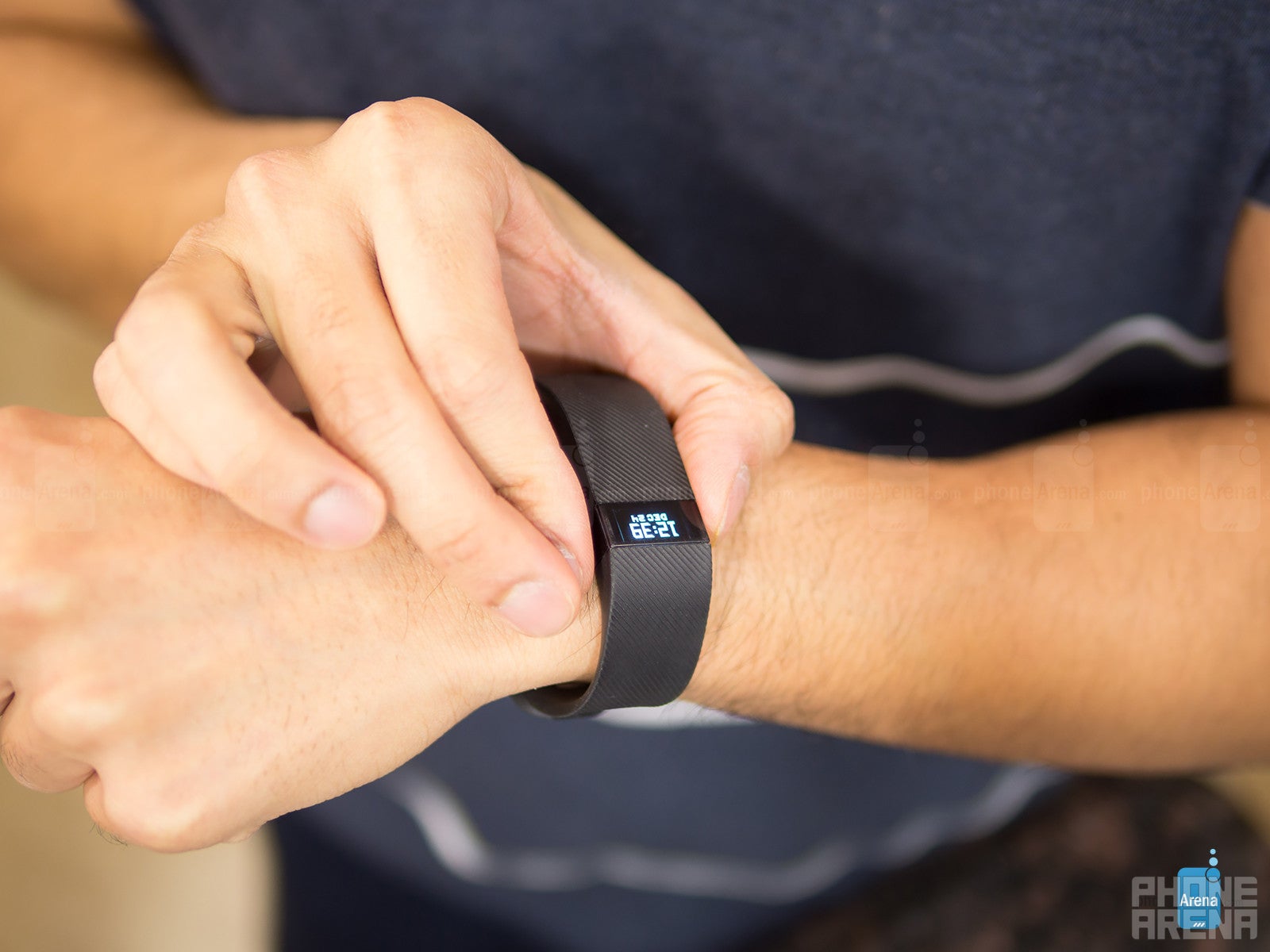
Sleep tracking is available as well with the Charge, but unlike the Flex, which needed to be physically placed into sleep mode, the Charge’s tracking is done automatically. Frankly, this is a special treat, since we’re no longer needed to place it into sleeping mode. In general, it’s pretty accurate in determining when we’re asleep – and when we wake up.
And finally, the Charge can also track how many floors we climb thanks to the altimeter that’s inside of the unit. Interestingly, it’s more accurate than tracking actual steps, which is ironic, seeing that we can’t fool it into believing that we’re ascending steps by using a stair climber machine or something similar.
Battery
Powered by a lithium ion battery, Fitbit claims that a full charge will yield approximately 7 to 10 days of juice. In our experience, we’re able to get 8 days of continuous, normal usage, which is impressive in our books – easily besting the results of other fitness trackers we’ve reviewed. By comparison, the Fitbit Flex normally lasts us 5 days, while fancier trackers like the Samsung Gear Fit require nightly charges. Its generous battery life is wonderful, mainly because we’re not worried about having to constantly charge it every few days.
Conclusion
You can say that the wearable space is saturated. From the fitness tracking only models, to the extended features we see in some smartwatches, it’s undoubtedly becoming increasingly difficult to standhead above ground. Fitbit, for a good while there, managed to make a name for itself as being a notable company that strictly caters to producing fantastic fitness trackers.

Its pricing, though, is a bit tough to swallow knowing the kind of separation we’re seeing between dedicated fitness trackers and smartwatches. Out of the gate, it’s sporting a price point of $129.95 – a modest mark that we feel to make sense, mainly because it’s only $30 more than its previous model in the Fitbit Flex. There are several things trying to win the space on our wrist, but as a dedicated fitness band, we can’t complain about how the Charge is direct and straightforward. However, we have to bear in mind that most $200 priced smartwatches offer all/most of the features available to the Fitbit Charge – with some additional “smarter” functions. Now, if you don’t want to be bothered by additional features, the Charge will certainly fit the bill in being a specialized fitness unit. At the same time, you’ll get a lot longer battery life than most smartwatches.


![T-Mobile users can get iPhone 16 for the price of a budget phone (no new line) [UPDATED]](https://m-cdn.phonearena.com/images/article/167601-wide-two_350/T-Mobile-users-can-get-iPhone-16-for-the-price-of-a-budget-phone-no-new-line-UPDATED.jpg)

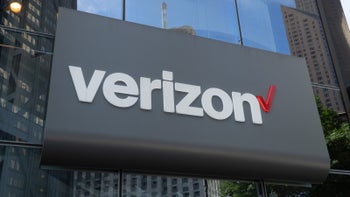
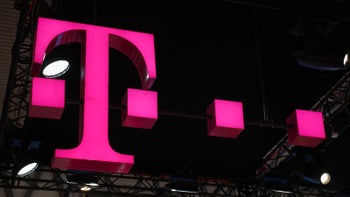
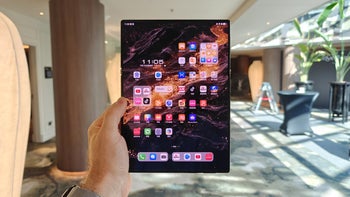
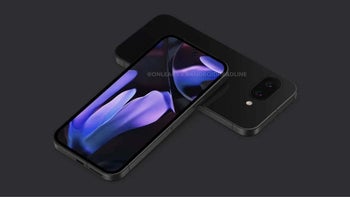
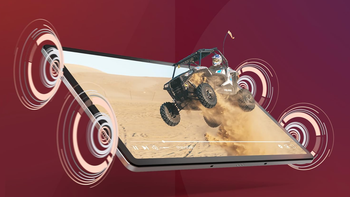

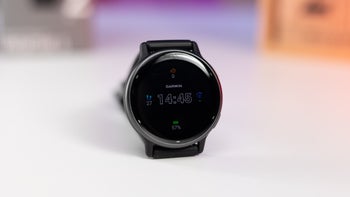
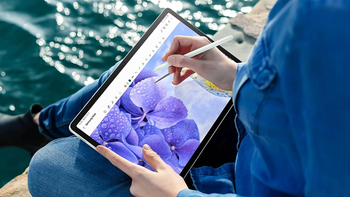
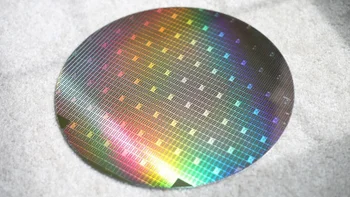
Things that are NOT allowed: